The moment the news broke on Halloween that an Uzbek in a rental truck had just killed eight people on New York’s West Side cycle path, my heart sank. Now, you might think that any decent human being — I marginally qualify — would be profoundly saddened by the pointless murder of folks merely out enjoying a city’s recreational facilities on a crisp autumn day. But that wasn’t it.
Or you might think — since I spend a fair whack of the year in New York, where as usual I get everywhere by bike — that I might be concerned about becoming a terrorist target myself. I use that bike path constantly in summer. Had the attack occurred earlier in the year, one of those victims could have been me. But that wasn’t it, either.
Maybe this means I don’t qualify as decent after all, but what plunged me into despair was the immediate certainty that the powers-that-be would rush to utterly destroy a vital transportation route in the name of protecting it.
And wasn’t I right. In fact, New York’s heavy-handed security measures for that bike path, under way two days later, have proven even worse than I expected: more clumsy, more poorly thought-out, more visually grotesque, more damaging to the whole purpose of that pathway, and — get this — more dangerous.
Let’s fill in the picture. Running the length of Manhattan alongside the Hudson River, the West Side bikeway is the busiest cycle route in North America. Officially, it’s intermittently mixed use, but in practice it’s entirely mixed use. Runners, the weaving walkers praying over mobiles and the parents with strollers the size of five-bed caravans never notice that the city has built them an entire parallel walkway, replete with comely landscaping, where their dreamy ambling would not impede two-wheelers who actually need to get somewhere.
Pathway crowding has grown vastly more intense since the introduction of thousands of Citi Bikes, which tourists prefer to ride in chatty phalanxes of five across. Thus even before this horrific Halloween trick, for commuting cyclists to keep up a steady clip on a two-way, 10ft-wide path required the driving dexterity of Steve McQueen in Bullitt.
Yet in pursuit of that eternally receding Valhalla of perfect safety, New York authorities have now inserted massive concrete ‘blockers’ at 56 intersections in the five miles from W. 59th Street to the Battery, the bikeway’s most heavily travelled segment. Some bright spark originally demanded that these 10ft-long, 2ft-wide barriers be angled to obstruct entire lanes, but now adjacent pairs of these monsters sit in the middle of the path with squat orange barrels at either end, leaving barely enough room on each side for a single bicycle to thread through these ‘pinch points’, in transport jargon. Those wide-load strollers will never fit.
Before Halloween, I’d already had plenty of brushes with mortality on this jam-packed thoroughfare, and had witnessed multiple bike accidents of a most grisly nature. Now that the artery looks like the aftermath of an asteroid collision, cyclists trying to get to work on time are bound to rack up more casualties than Isis ever could. It would actually be safer to break out the diggers and crack the path into landfill. Either that, or cyclists return to the taxis, buses, lorries, and hot-dog carts on 10th and 11th Avenues, leaving the so-called ‘bikeway’ to the tourists on foot, who can pick their way between the boulders as if visiting the set of a disaster movie.
Although Mayor de Blasio claims this obstacle course is a ‘short-term solution’, in my experience the average short-term solution lasts about as long as the Appian Way.
Municipal overreaction to single acts of terrorism is not restricted to New York. After the attack on London Bridge in June, overnight the Met plunked 2ft-wide, waist-high steel barriers along both sides of every major bridge across the Thames — siting these crude, hideous metal walls smack in the bike lanes, so you could forgive cyclists for feeling a little picked-on. In London, too, gigantic black ‘hostile vehicle mitigation measures’—chunky, disc-shaped monstrosities that jar glaringly with the historical architecture—have cropped up like evil robotic mushrooms around Hyde Park Corner, Buckingham Palace, and St James’s Park.
And never mind us whinge-bag cyclists. Security barriers in response to the terrorism-on-the-cheap vehicular fad are installed with no consideration for motorists, either. Like many other carelessly butchered intersections, the ‘pinch point’ on Birdcage Walk backs up traffic for blocks.
Right, government must ‘do something’, or at least be seen to. Yet officialdom’s response to an individual incident is too often conceived in a spirit of hysteria, with a short-sighted eye to preventing another attack that hews to the exact specifics of the last one. But cities have not been designed to protect their populations from homicidal drivers. The measures required to stop vehicles mounting the pavement altogether would entail civic vandalism on an aesthetically disastrous and economically ruinous scale. Yes, take a few precautions to reduce obvious vulnerabilities where crowds gather, but only after intelligent consideration of tasteful options that preserve functionality. Instead we are clogging our cities with permanent Brutalist monuments to the power of the malevolent accelerator.
Overkill safety measures (see: airport security) constitute terrorism’s most enduring triumph. As the Uzbek recovered from an NYPD gunshot wound after his rampage, hospital staff reported that the ‘rejoicing’ Sayfullo Saipov felt ‘accomplished’. Should that cretin get a look at my bike path now—strewn with cement cubes, barrels and barriers that stop not only ‘hostile vehicles’ but everyone else — he would feel only more so.
Got something to add? Join the discussion and comment below.
Get 10 issues for just $10
Subscribe to The Spectator Australia today for the next 10 magazine issues, plus full online access, for just $10.
You might disagree with half of it, but you’ll enjoy reading all of it. Try your first month for free, then just $2 a week for the remainder of your first year.


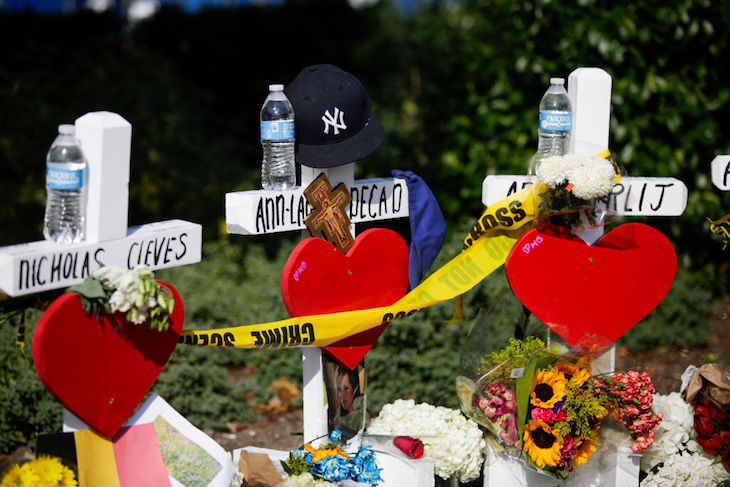
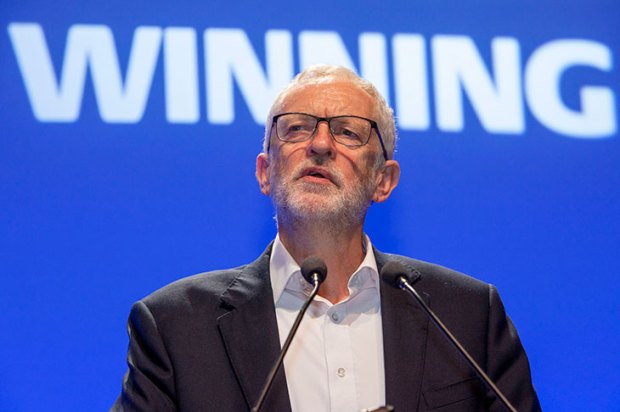
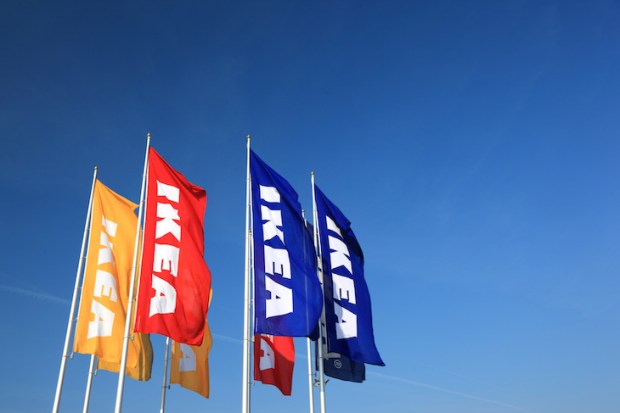

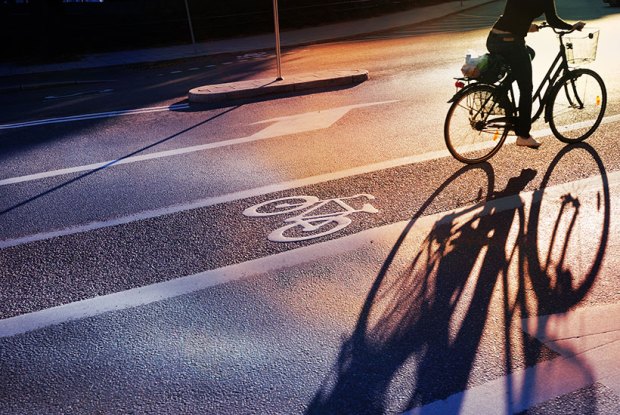
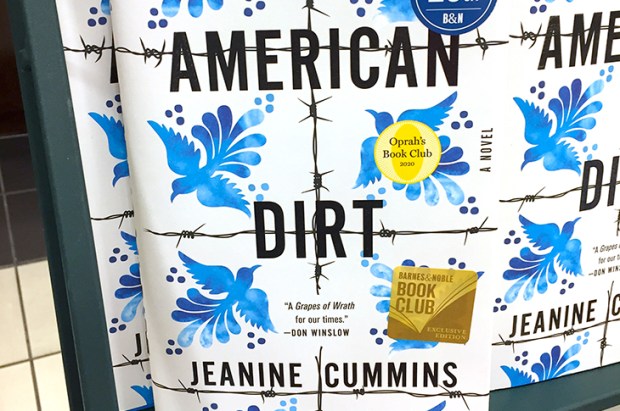







Comments
Don't miss out
Join the conversation with other Spectator Australia readers. Subscribe to leave a comment.
SUBSCRIBEAlready a subscriber? Log in